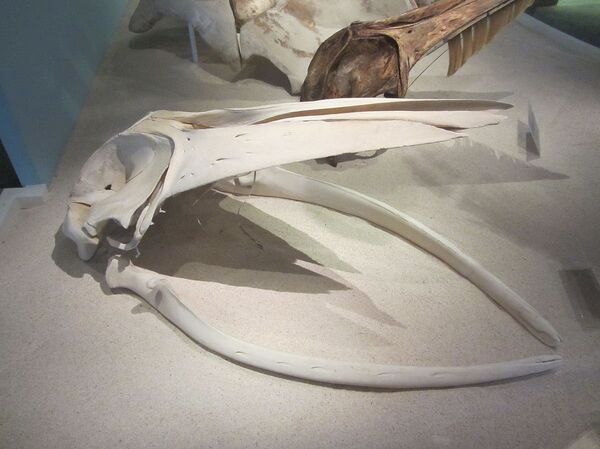Omura's whales had repeatedly been misidentified as dwarf versions of Bryde's whales.
Salvatore Cerchio, a lead study author and a whale researcher with the Wildlife Conservation Society, explained that these whales "appear to occur in remote regions and are difficult to find at sea because they are small."
"They range in length from approximately 33 to 38 feet, and do not put up a prominent blow," Cerchio said.
He also cited a whole array of unsuccessful attempts by scientists to track down Omura's whales.
"Over the years, there have been a small handful of possible sightings of Omura's whales, but nothing that was confirmed," Cerchio added.
In 2011, he was at the helm of a team of international researchers off the coast of Madagascar, where they finally managed to spot what they at first thought was a Bryde's whale.
Two years later, Cerchio and his team managed to track the surfacing of Omura's whales thanks to the species' unique asymmetrical pigmentation on their lower jaws.
The subsequent two years saw Cerchio and his crew following and observing the movement and behavior of 44 groups of Omura's whales.
"This is the first definitive evidence and detailed descriptions of Omura's whales in the wild and part of what makes this work particularly exciting," Cerchio said, referring to the study.
He added that in November 2015, they plan to travel to Madagascar again to further study Omura's whales, specifically by using satellite tags.






